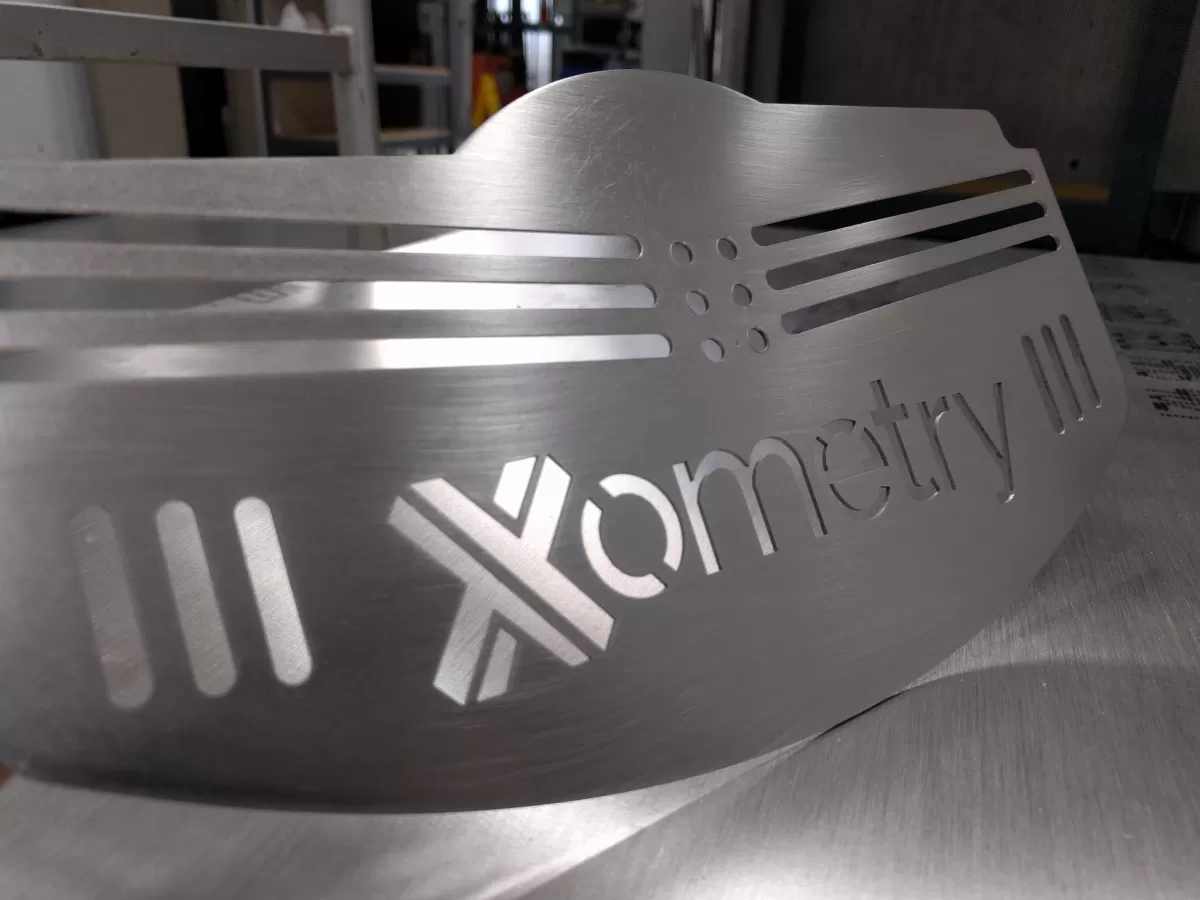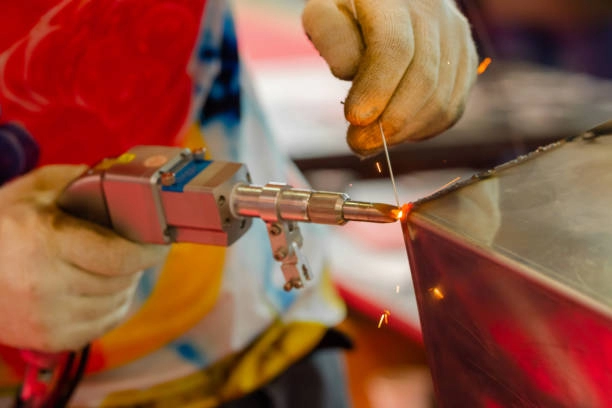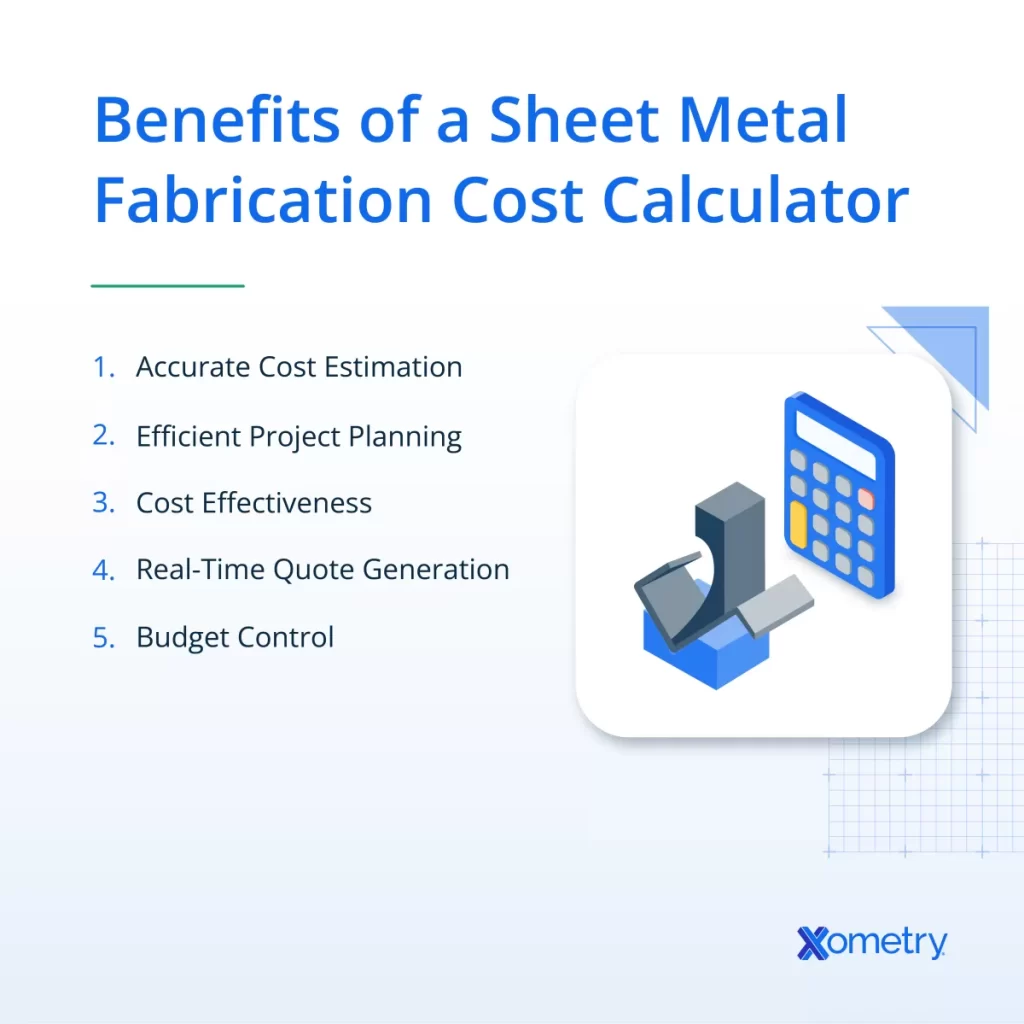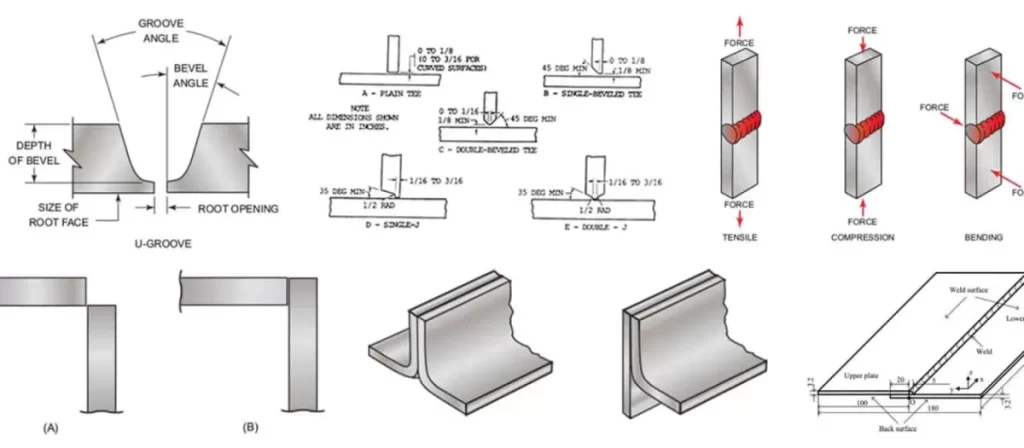Understanding Sheet Metal Fabrication Costs
When it comes to sheet metal fabrication, understanding where your costs come from is key to managing your budget effectively. Fabrication involves several processes like cutting, bending, welding, and finishing. Each step adds to the total cost depending on the materials used, the complexity of the design, labor involved, and equipment required.
The biggest cost drivers typically include material expenses, labor hours, machine time, and waste. For example, complex designs often mean more time on programming CNC machines or additional setups, which drives costs up. Similarly, inefficient use of sheet metal leads to more scrap material and added expense.
These costs matter because they directly affect your project’s bottom line. If you don’t keep fabrication expenses under control, your overall budget can blow out quickly. Common pain points many face are excessive waste, overly detailed designs that increase labor, and selecting expensive materials unnecessarily.
By breaking down these factors, you can start to see where savings opportunities lie and make smarter choices to cut sheet metal cost without sacrificing quality or precision.
Top Strategies to Cut Sheet Metal Fabrication Costs
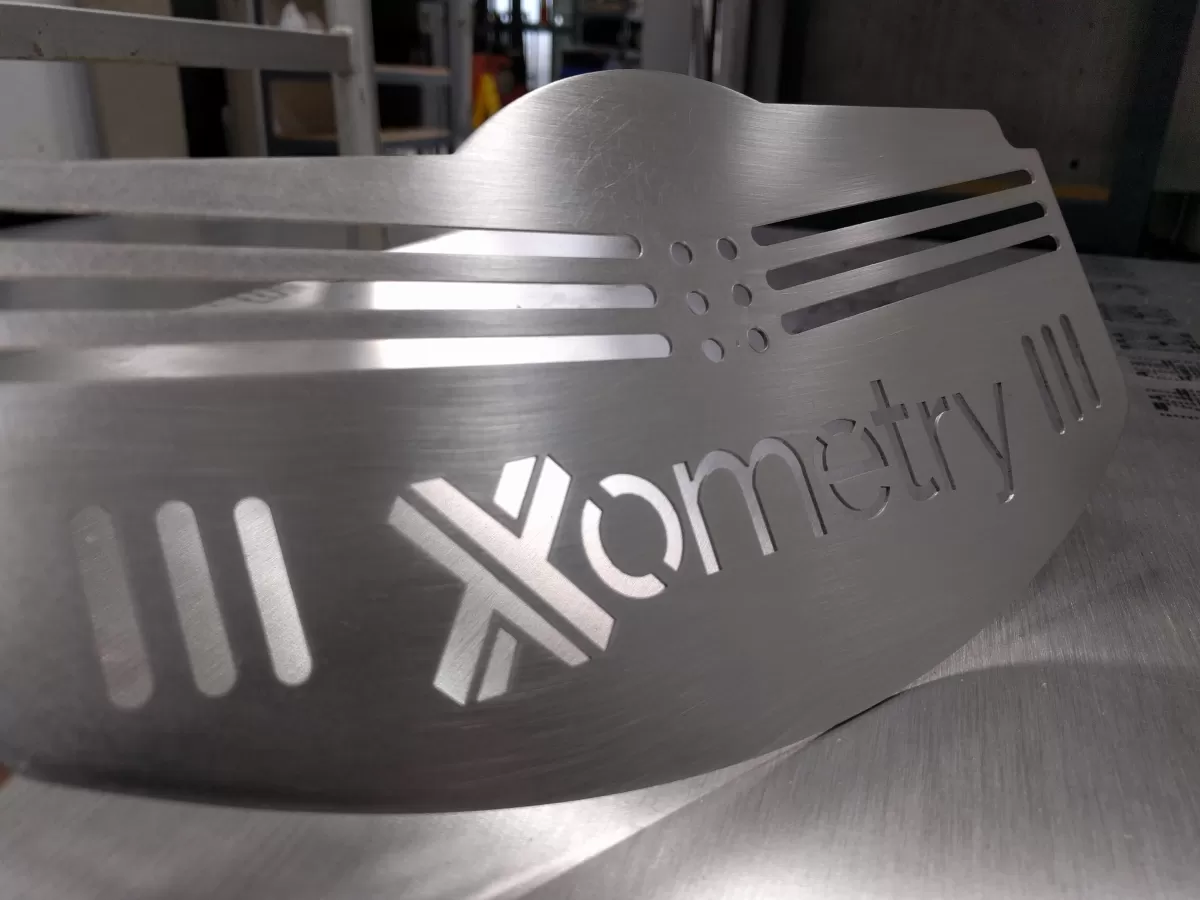
Cutting sheet metal fabrication costs starts with smart choices and planning. Here are some key strategies that really make a difference:
Optimize Material Selection
- Pick cost-effective materials that fit your needs without overpaying.
- Use standard sheet sizes to avoid extra cutting and waste.
- Consider alternatives that still meet strength and finish requirements.
Simplify Design for Manufacturability
- Keep designs straightforward to reduce labor time and minimize errors.
- Avoid complex shapes or unnecessary features that add cost.
- Design parts that are easy to bend or cut using common tooling.
Minimize Waste Through Efficient Nesting and Tooling
- Use software and techniques to nest parts tightly on sheets, reducing scrap.
- Employ standard tooling instead of custom tools when possible.
- Efficient nesting saves material and lowers overall costs.
Choose Cost-Effective Cutting Methods
- Balance cutting accuracy with pricing by selecting the right method—like laser cutting for precision or shearing for speed.
- Consider both upfront and operating costs to find the best fit for your project.
- Learn more about cutting options in our sheet metal cutting comparison.
Reduce Labor Costs with Automation and CNC Machining
- Use CNC machines for faster, more precise work that cuts down on mistakes and reworks.
- Automation reduces manual labor, speeding up production and lowering costs.
- Investing in automated fabrication can yield significant cost savings over time.
Consolidate Processes with a Single Full-Service Provider
- Choosing one supplier for cutting, forming, and finishing can reduce handling fees and delays.
- Full-service providers streamline communication and timeline management.
- This simplifies your project and cuts costs on coordination.
Negotiate with Suppliers for Better Pricing
- Ask for bulk discounts or better terms based on your order volume.
- Building strong relationships can lead to favorable pricing over time.
- Don’t hesitate to compare quotes and push for savings.
Optimize Production Volume for Economies of Scale
- Larger runs often lower the per-unit cost by spreading setup and tooling expenses.
- Balance inventory needs against the benefits of bigger orders.
- Planning production volume smartly helps maximize cost efficiency.
Following these strategies can significantly reduce your sheet metal fabrication expenses without sacrificing quality or deadlines. For more details on cost-effective fabrication, check out our full sheet metal fabrication services.
How HYCNC Helps Reduce Fabrication Costs
At HYCNC, we specialize in providing cost-effective sheet metal fabrication solutions, focusing on CNC machining and advanced processing technologies. Our expertise with CNC machines and laser cutting enables us to deliver precise, efficient cuts that reduce waste and speed up production times, leading to significant cost savings.
We customize each project to balance quality and budget. By optimizing designs for manufacturability and selecting the right materials, we help cut unnecessary expenses without compromising on performance. This tailored approach ensures you get the best value for your investment.
For example, one recent client reduced their fabrication costs by 20% through our integrated CNC services combined with smart material selection and batch processing. Our ability to consolidate fabrication steps and offer consistent quality means faster turnaround and less rework.
With HYCNC’s technology and expertise, you gain a partner committed to lowering your sheet metal fabrication costs while maintaining high standards. Explore more on our sheet metal fabrication services to see how we can help optimize your projects.
Additional Tips for Long-Term Savings
Saving money on sheet metal fabrication isn’t just about cutting costs now—it’s about setting up smart practices that pay off over time. Here’s how to lock in long-term savings:
-
Invest in Prototyping
Testing your design with a prototype helps catch issues early. It saves money by avoiding costly changes during full production. Cost-effective prototyping lets you refine your product, optimizing for both function and fabrication costs.
-
Leverage Technology Like AI Quoting and CAD/CAM
Using AI-driven quoting tools speeds up cost estimates and improves accuracy. CAD/CAM software helps streamline design and manufacturing, reducing errors and rework. This tech combo boosts efficiency and lowers CNC machining costs and waste.
-
Regular Maintenance for Equipment Efficiency
Keeping your machines—like laser cutters and CNC tools—in top shape prevents downtime and ensures consistent quality. Well-maintained equipment runs smoother, cuts faster, and reduces scrap, directly lowering overall fabrication costs.
-
Train Staff to Improve Workflow and Reduce Errors
Well-trained employees work smarter and faster. Training cuts down mistakes that result in wasted material and labor. It also helps teams better utilize automated sheet metal fabrication technology, boosting productivity and cutting costs.
By focusing on these areas, you build a stronger foundation for ongoing savings in sheet metal fabrication. For more tips on optimizing your design, check out our guide on Designing Sheet Metal Using SolidWorks.
FAQs About Cutting Sheet Metal Fabrication Costs
What are the main factors driving fabrication costs?
Fabrication costs mostly come from material prices, labor, machine time, and waste. Complex designs and tight tolerances can raise costs because they take longer and require more skill. Also, inefficient use of materials or outdated equipment pushes expenses up.
How does HYCNC’s CNC service help reduce expenses?
HYCNC uses advanced CNC machining and laser cutting tech to boost precision and cut down waste. Automation speeds up production, lowers labor costs, and reduces mistakes. Their expertise means fewer design tweaks and faster turnaround, saving you money in the long run.
What are the most cost-effective materials for sheet metal projects?
Common affordable options include cold-rolled steel, aluminum, and stainless steel in standard thicknesses. Choosing materials that match your project needs without over-engineering helps keep costs down. Using standard sheet sizes also reduces waste and cuts material costs.
How does design complexity affect fabrication costs?
Complex designs often require more setup time, specialized tooling, and skilled labor, all of which add up. Simplifying designs for manufacturability can significantly drop costs by reducing machine time, errors, and scrap rates.
Is automation effective for reducing fabrication costs?
Absolutely. Automated processes like CNC machining and laser cutting streamline production, improve accuracy, and lower labor needs. This translates to faster jobs and less waste, which means solid CNC machining cost savings over time.

